Ground Elder / Spring / Summer / Edible
Common Names
Gout weed, Bishops weed, Herb Gerard
Botanical Name
Aegopodium podagraria
Scientific Classification
Kingdom – Plantae
Order – Apiales
Family – Apiaceae
Identifying Features for Ground Elder
Non-native, flowering, herbaceous perennial
Leaves
Light green, toothed, ovate leaves usually in groups of five, shiny when young becoming darker with age with a matt finish.
Flowers
An umbel of tiny white flowers.
Stem
A short, hollow stem with a u-shaped groove.
Habitat
Woodland edges, parks, gardens
Known hazards
Once the plant flowers it becomes a mild laxative and has soporific effects so it is best avoided.
Could be Confused with
Potential lookalikes: Dogs Mercury, but this has hairy leaves that don’t grow in groups of three. Very young elder can look similar but these have a definite stem which becomes the trunk.
Edible Uses
Use the leaves as an alternative to parsley
Notes on Herbal uses
The leaves were traditionally used as a poultice for gout.
Extra notes from the Foragers
A non-native plant bought to Britain by the Romans, it is aggressively invasive as many gardens will know.
Sometimes it absolutely carpets the floor until there is oceans of the stuff, it has many many uses so we should be picking not spraying this stuff 🙂
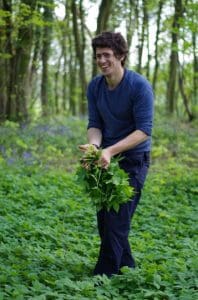




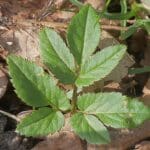
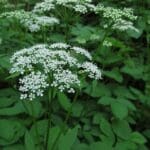
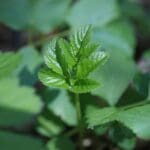
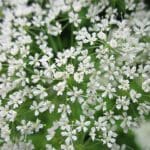
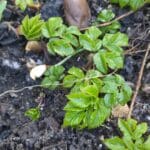

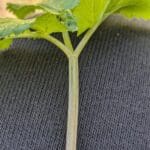




Leave a Reply
You must be logged in to post a comment.